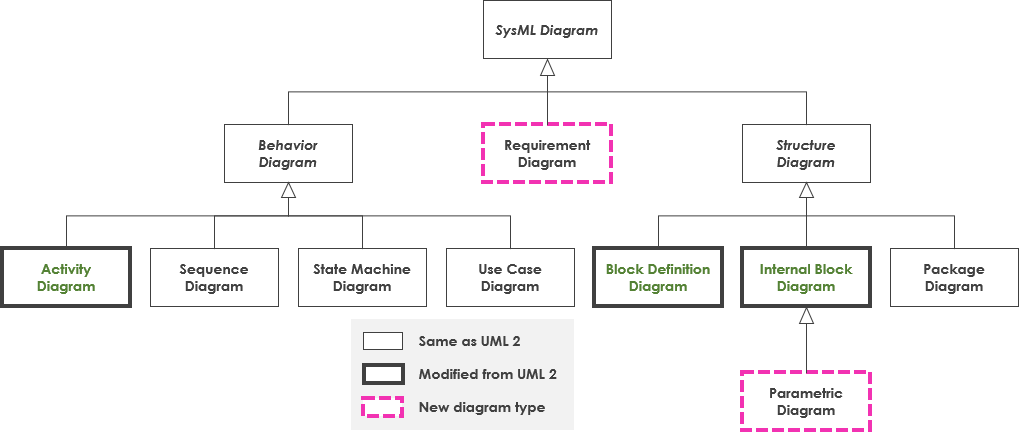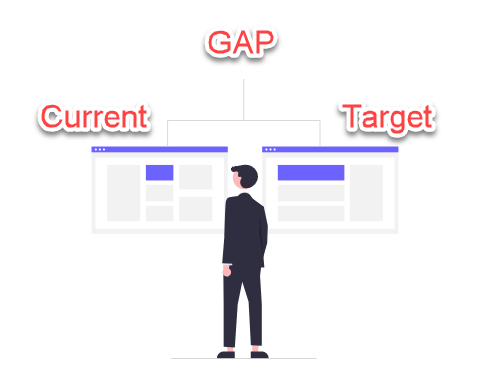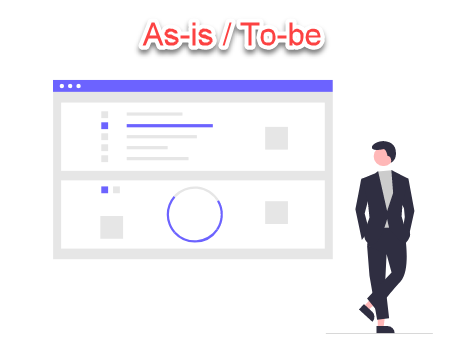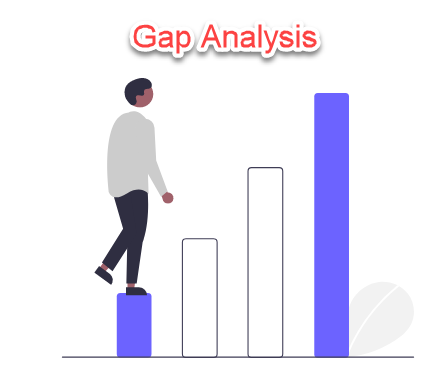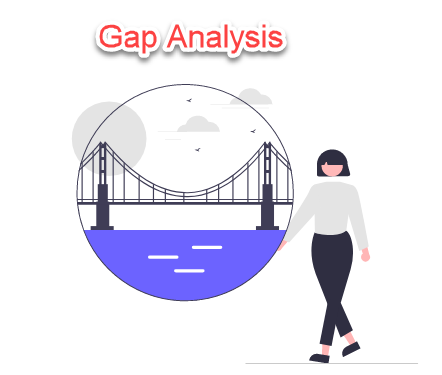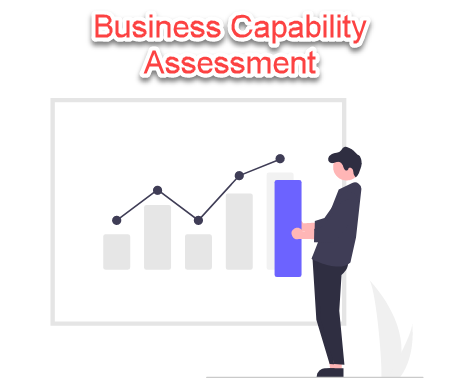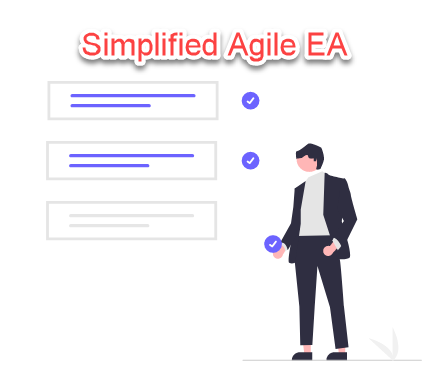Home » Archives for April 2023
-
Posted on April 18, 2023
-
/Under SysML, UML
System Modeling Language (SysML) is a modeling language that is used to model complex systems. It is an extension of the Unified Modeling Language (UML), which is commonly used for software development. SysML has been developed to enable engineers to model complex systems in a systematic way, capturing the functional and physical aspects of a system. SysML is a graphical language, based on UML, but it includes new constructs that are specific to systems engineering. SysML is designed to be used by systems engineers to model complex systems. It is particularly useful for…
continue reading →
Businesses and organizations are constantly looking for ways to improve their operations, whether it's increasing efficiency, reducing costs, or improving the customer experience. One way to achieve these goals is by performing a Current State/Future State analysis. This type of analysis is a powerful tool that allows organizations to identify and map their current processes, as well as define and plan for future processes that will help them achieve their desired goals. What is Current State/Future State Analysis? Current State/Future State analysis is a process that involves mapping out the current state of…
continue reading →
Introduction In today's competitive market, customer satisfaction is key to the success of any business. A smooth and efficient sales process can make all the difference in ensuring customers leave with a positive experience and come back for more. However, identifying inefficiencies and bottlenecks in a sales process can be challenging, and developing a plan to improve it can be even more daunting. That's where an As-Is to-Be analysis comes in. In this article, we will explore how a retail company used this analysis to improve their sales process and ultimately increase customer…
continue reading →
What is a Gap Analysis A gap analysis is a tool used to compare the current state of a business or organization with its desired future state. It involves identifying the gap between where the organization currently stands and where it wants to be, in order to identify areas of improvement and develop strategies for closing the gap. Gap analysis can be used by individuals, teams, or organizations to identify areas for improvement in a variety of contexts, such as: Business strategy: To identify gaps in the organization's business strategy and align it…
continue reading →
The Target State Architecture Report is a critical document that outlines the technical components and capabilities required to achieve an organization's strategic goals. It serves as a roadmap for the future state of an organization's technology infrastructure and provides a clear understanding of the architecture that will support the company's business objectives. Summarize the Current and Target State Architecture A current and target state comparison table is a summary of the technical components and capabilities of an organization's current state (i.e., how things are currently set up) versus their target state (i.e., where…
continue reading →
A business capability assessment is a process of evaluating an organization's capabilities and resources, identifying its strengths and weaknesses, and determining its readiness to achieve its strategic objectives. This assessment helps businesses to identify the gaps between the current state and the desired state of the organization. It also enables the management to identify areas of improvement and prioritize investments to achieve the desired goals. Business Capability Assessment Report Template Here's a template for a Business Capability Assessment Report: Business Capability Assessment Report Introduction Brief overview of the purpose and scope of…
continue reading →
In today's rapidly changing business environment, digital transformation has become a key imperative for organizations looking to stay competitive and meet the evolving needs and expectations of customers. One area where digital transformation is particularly critical is retail, where customer expectations for seamless, personalized, and convenient experiences have never been higher. In this context, a retail store is facing a range of operational inefficiencies and customer dissatisfaction due to outdated technology and ineffective customer service processes. This has led to a need for a comprehensive digital transformation strategy to address the root causes…
continue reading →
What is a Stakeholder Interview Stakeholder interviews are a process of engaging with individuals who have a vested interest in the success or outcome of an enterprise architecture (EA) project. The purpose of conducting stakeholder interviews is to gather insights and feedback from stakeholders in order to identify their needs, expectations, concerns, and pain points related to the project. For EA projects, stakeholder interviews are a crucial component of the project planning phase, as they help ensure that the project goals align with the needs of the stakeholders. Stakeholder interviews provide an…
continue reading →
What is Location Catalog in TOGAF ADM The Location Catalog is a database that contains a list of all the places where a company operates or has architecturally significant assets such as data centers and end-user computing equipment. It helps in identifying the scope of a project and assesses the current landscapes or target solutions. For instance, if a project aims to upgrade desktop operating systems, the location catalog will help in identifying all the places where such systems are deployed. Additionally, when new systems are being implemented, a diagram of locations is…
continue reading →
The Business Service/Function Catalog is a document that provides a functional decomposition of an organization's services and functions in a form that can be filtered, reported on, and queried. This catalog serves as a supplementary tool to graphical Functional Decomposition diagrams and can be used to identify the capabilities of an organization, determine the scope of change initiatives, and understand the level of governance applied to its functions. The Business Service/Function Catalog contains metamodel entities such as Organization Unit, Business Function, Business Service, and Application Service. The Business Service/Function catalog is a document…
continue reading →

